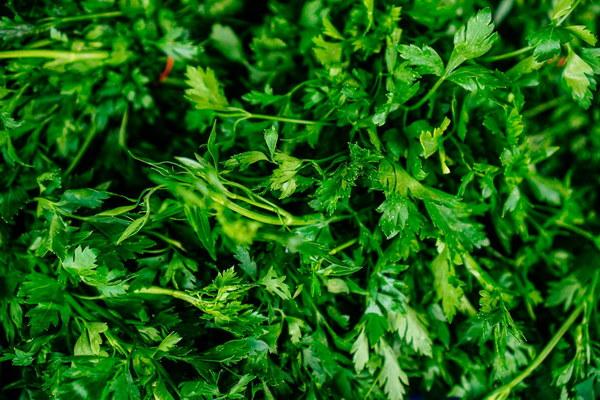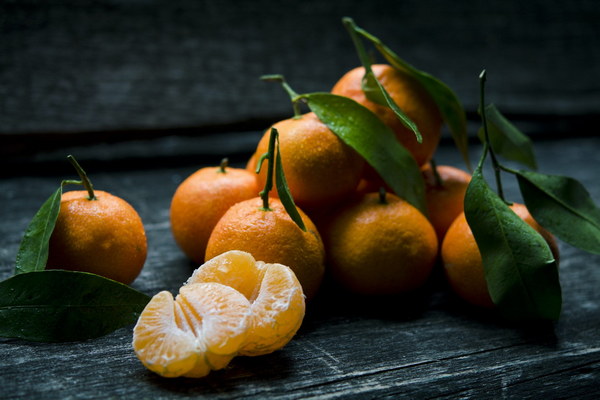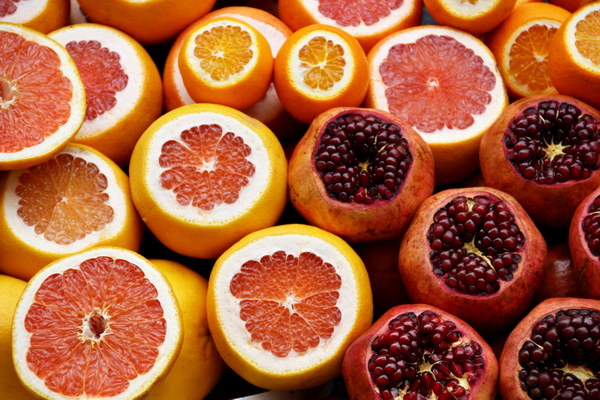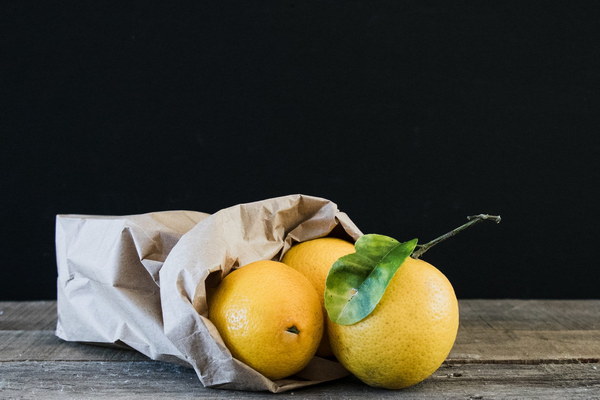Nourishing the Liver and Lungs How to Cultivate Qi and Blood Downward for Optimal Health
In traditional Chinese medicine, the concept of Qi (vital energy) and blood flow is fundamental to understanding and maintaining health. When Qi and blood descend properly, it ensures that the body's internal organs, including the liver and lungs, receive adequate nourishment. However, when Qi and blood rise excessively, it can lead to imbalances and various health issues. This article explores how to cultivate Qi and blood downward to support the liver and lungs for overall well-being.

Understanding Qi and Blood Flow
In TCM, Qi is the life force that animates the body and maintains its physiological functions. Blood, on the other hand, is the substance that carries nutrients, oxygen, and hormones to the body's tissues and organs. The harmonious flow of Qi and blood is essential for health, as it ensures that the body's internal systems are working in balance.
When Qi and blood rise, it can lead to conditions such as dizziness, hypertension, and headaches. Conversely, when Qi and blood descend, it can help to calm the mind, reduce stress, and support the liver and lungs.
The Liver and Lungs: The Yin and Yang of the Body
The liver and lungs are closely connected in TCM, with the liver being the storehouse of Qi and the lungs being the reservoir of Qi. The liver stores and regulates Qi, while the lungs distribute it throughout the body. Together, they maintain the body's balance between yin (cool, moist) and yang (hot, dry).
Cultivating Qi and Blood Downward for Liver and Lung Health
Here are several strategies to cultivate Qi and blood downward, promoting health in the liver and lungs:
1. Mindfulness and Meditation: Practices such as mindfulness meditation can help calm the mind and reduce stress, which can lead to an excess of upward Qi and blood. By focusing on the breath and centering the mind, one can encourage the descent of Qi and blood.
2. Breathing Exercises: Deep, diaphragmatic breathing exercises can help to move Qi and blood downward. Techniques such as alternate nostril breathing or the Five Phases Breathing Method can be particularly beneficial.
3. Acupuncture: Acupuncture, a key component of TCM, can be used to stimulate specific points on the body that encourage the descent of Qi and blood. Points such as Liver 3 (LR 3) and Lung 7 (LU 7) are often targeted.
4. Herbal Medicine: Certain herbs can help to tonify the liver and lungs and promote the descent of Qi and blood. Examples include Scutellaria baicalensis (baical skullcap), Codonopsis pilosula (Chinese codonopsis), and Poria cocos (Indian bread).
5. Diet and Nutrition: A balanced diet rich in whole foods can support liver and lung health. Foods that are known to nourish the liver and lungs include leafy greens, nuts, seeds, and fruits like apples and pears. Avoiding excessive alcohol and spicy foods can also help maintain a healthy balance.
6. Physical Activity: Regular, moderate exercise can help to move Qi and blood throughout the body. Activities such as walking, tai chi, or yoga can be particularly beneficial, as they promote relaxation and improve lung capacity.
7. Sleep Hygiene: Ensuring adequate and restful sleep is crucial for the proper flow of Qi and blood. Establishing a regular sleep schedule and creating a conducive sleep environment can help to support liver and lung function.
Conclusion
Cultivating Qi and blood downward is a holistic approach to supporting the liver and lungs, promoting overall health and well-being. By incorporating mindfulness, breathing exercises, acupuncture, herbal medicine, proper nutrition, physical activity, and good sleep hygiene into your daily routine, you can help to maintain the harmonious flow of Qi and blood, ensuring that your liver and lungs are well-nourished and functioning optimally.









